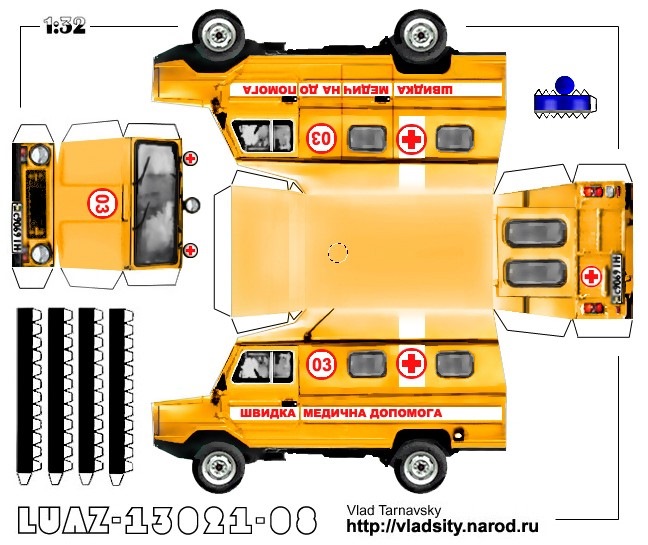Main Menu
Bumazhnie Modeli Mashin Dlya Skleivaniya
суббота 16 февраля admin 74
Citation: Marakalala MJ, Ndlovu H (2017) Signaling C-type lectin receptors in antimycobacterial immunity. PLoS Pathog 13(6): e1006333.
Editor: John M. Leong, Tufts Univ School of Medicine, UNITED STATES Published: June 22, 2017 Copyright: © 2017 Marakalala, Ndlovu. This is an open access article distributed under the terms of the, which permits unrestricted use, distribution, and reproduction in any medium, provided the original author and source are credited.
1987: Award for the best graduated student of the Faculty for Sciences and Mathematics. Award of the Union of mathematical societies of Serbia and Montenegro for achievements in mathematical sciences for at most 40 years old researchers. Kanaiyalal Maneklal Munshi. 0 references. Imported from Wikimedia project. English Wikipedia. 0000 0001 0895 5803. Imported from Wikimedia project. International Standard Name Identifier. 0000 0003 6855 2082.
Funding: The authors acknowledge funding from the South African Medical Research Council (SAMRC) self-initiated research grant () (MJM), The National Research Foundation () (MJM), SAMRC with funding from South African Department of Health (), and the University of Cape Town (HN and MJM). The funders had no role in study design, data collection and analysis, decision to publish, or preparation of the manuscript. We acknowledge Dr. Claire Hoving for useful discussions. Competing interests: The authors have declared that no competing interests exist. Introduction The mammalian innate immune system is composed of phagocytes such as macrophages and dendritic cells that serve as the first line of defense against microbial infections.
These cells express various pattern recognition receptors (PRRs) that recognize specific pathogen-associated molecular patterns (PAMPs) on the surface of or inside microorganisms []. PRRs such as Toll-like receptors (TLRs), C-type lectin receptors (CLRs), and Nucleotide-binding Oligomerization Domain (NOD)-like receptors (NLRs) have been widely studied in antimicrobial immunity and homeostasis. These PRRs have also been implicated in antimycobacterial immunity, with CLRs recently receiving considerable attention. CLRs are a large family of proteins containing at least 1 carbohydrate-recognition domain (CRD) that in most cases binds a range of carbohydrate-based PAMPs, including trehalose 6,6’ dimycolate (TDM), lipoarabinomannan (LAM), lipomannan (LM), and phosphatidylinositol mannosides (PIMs) [–]. Interactions of CLRs with mycobacterial PAMPs induce intracellular signaling that triggers responses ranging from cytokine production to induction of adaptive immunity ().
Here, we discuss signaling CLRs that recognize mycobacterial PAMPs and contribute to antimycobacterial immunity. We focus on the receptors that signal through the Spleen tyrosine kinase (Syk)/Caspase recruitment domain family member 9 (CARD9) pathway, including Dectin-1, Dectin-2, macrophage-inducible C-type lectin (Mincle), C-type lectin superfamily member 8 (Clecsf8) also called macrophage C-type lectin (MCL), and dendritic cell immunoactivating receptor (DCAR) (). Recognition of mycobacterial pathogen-associated molecular patterns (PAMPs) by C-type lectin receptors (CLRs).
 After placing an order for FortiGate VM, a license registration code is sent to the email address used on the order form. Use the registration number provided to register the FortiGate VM with Customer Service & Support and then download the license file. Fortigate Firewall VM - Reset 14 days Trial Period without losing Configuration.
After placing an order for FortiGate VM, a license registration code is sent to the email address used on the order form. Use the registration number provided to register the FortiGate VM with Customer Service & Support and then download the license file. Fortigate Firewall VM - Reset 14 days Trial Period without losing Configuration.
